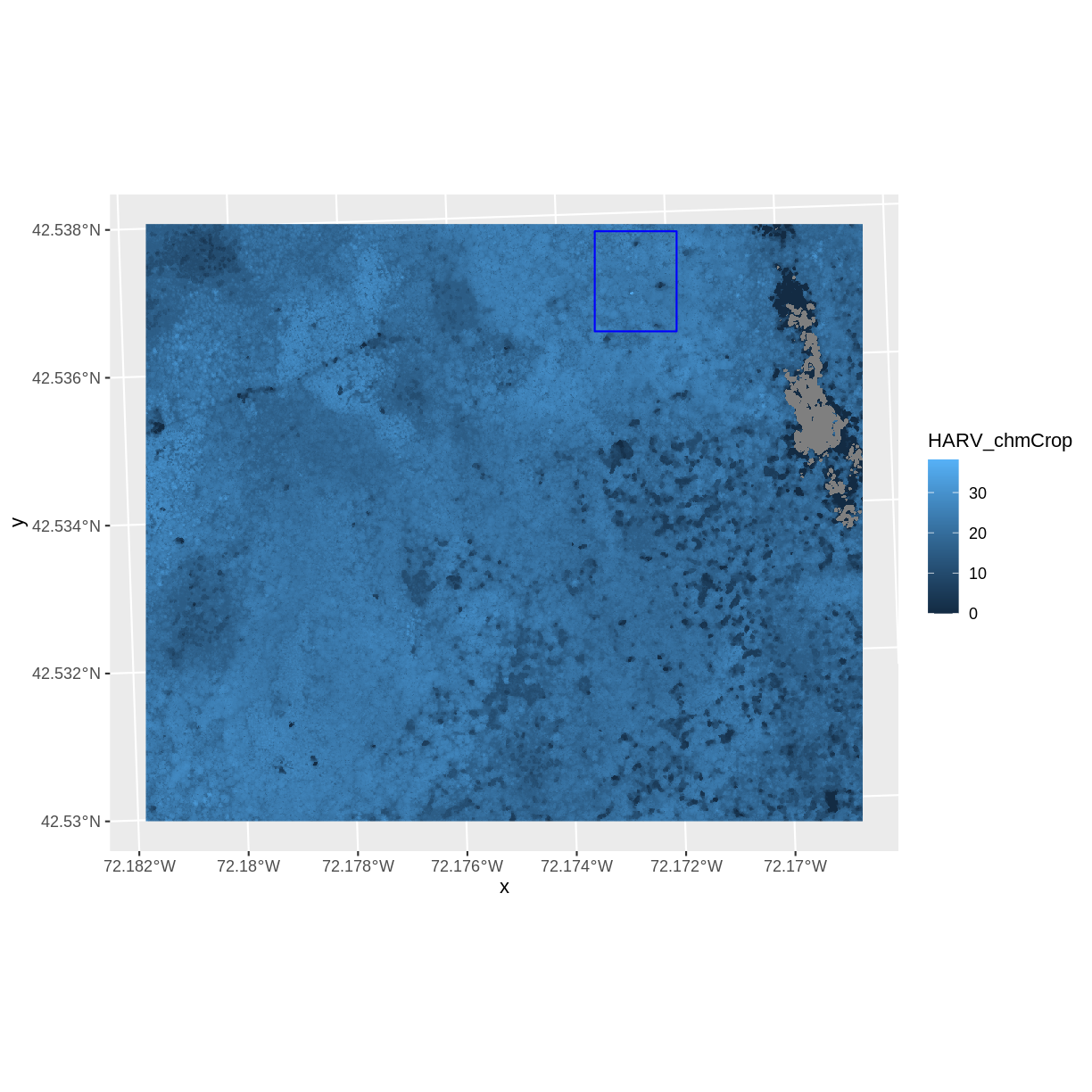

files saved from RasterStack or RasterBrick objects), in the native 'raster' format, the band-order can be set to BIL ('Bands Interleaved by Line'), BIP ('Bands Interleaved by Pixels') or BSQ ('Bands SeQuential'). This should make tempfiles unique if created at different times and also when created in parallel processes (different pid) that use set.seed and call rasterTmpFile at the same time. Details See writeFormats for supported file types ('formats', 'drivers').
COPY RASTER IN R PATCH
Retouch with Dodge, Burn, Clone, Patch and Blemish Removal tools. These filenames consist of prefix_date_time_pid_rn where pid is the process id returned by Sys.getpid and rn is a 5 digit random number. create multi-layered compositions, beautiful raster paintings and so much more. so we will need to create a copy of sp type, and then use that to do the extraction. These can be useful when developing your own functions. In the following section we are going to use the raster function to. rasterTmpFile returns a temporary filename. During a session you can use showTmpFiles to see what is there and removeTmpFiles to delete all the temporary files. Temporary files are automatically removed at the start of each session. When no filename is provided to a function and in functions where you cannot provide a filename (e.g. dimensions: Dimensions of a Raster* objectįunctions in the raster package create temporary files if the values of an output Raster* object cannot be stored in memory (RAM).datasource: Are values in memory and/or on disk?.cover: Replace NA values with values of other layers.corLocal: Local correlation coefficient.coords: Coordinates of the Extent of a Raster object.Compare-methods: Compare Raster* objects.



 0 kommentar(er)
0 kommentar(er)
